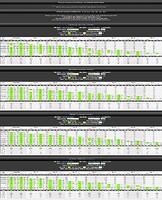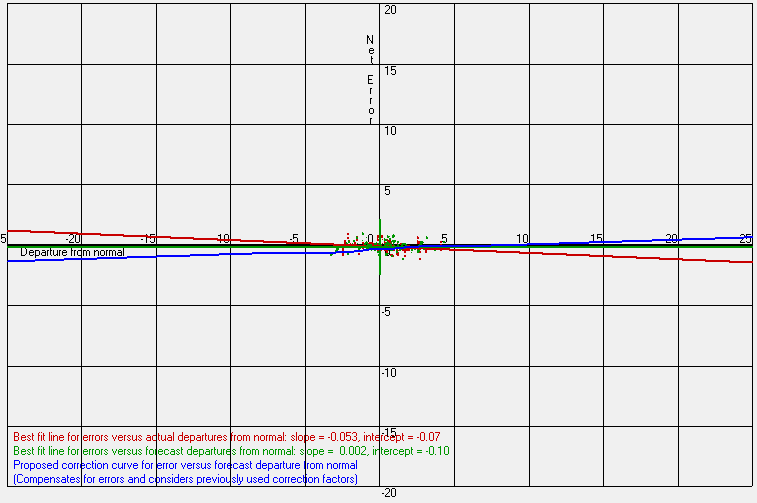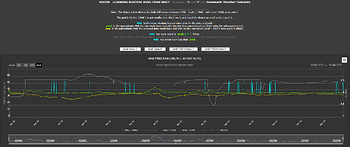Hi Everybody,
I’m planning to produce an update to WXSIM fairly soon. I’ve made one change at this point, as per a user request: the solar panel power prediction algorithm can now accommodate sets of panels facing in up to three different directions (previously it was just one). I don’t have any other changes in mind at the moment, but would like to “open the floor” here to suggestions!
Also, for the last two months, I’ve been testing different percentage usages of WXSIM-Lite (which is derived from GFS, with bias corrections learned from “experience”) in conjunction with the relatively new ECMWF data (used at 70% versus 30% GFS, which seems to be near-optimal, based on a 7 month study I did previously). I’m finding so far that WXSIM-Lite still improves forecast accuracy, even with ECMWF included. The improvement is less dramatic than in the context of GFS alone (because ECMWF yields distinct added value, and seems to be a bit more accurate than GFS), but still significant, I think. Temperature error reduction with WXSIM-Lite seems to be optimized now somewhere around 50% weighting (rather than the 60-70% from previous studies), and is on the order of 5%. I’m still working on this, but I think 70:30 ECMWF:GFS weighting and 50% use of WXSIM-Lite may be optimum, and likely yields the best performance yet for WXSIM!
All ears here … and thanks for using WXSIM!
Tom


